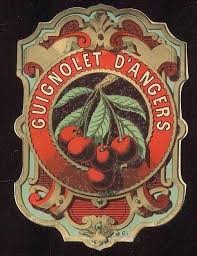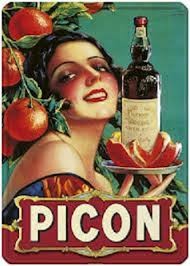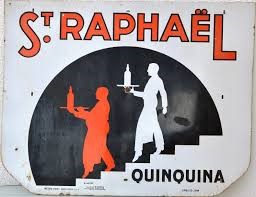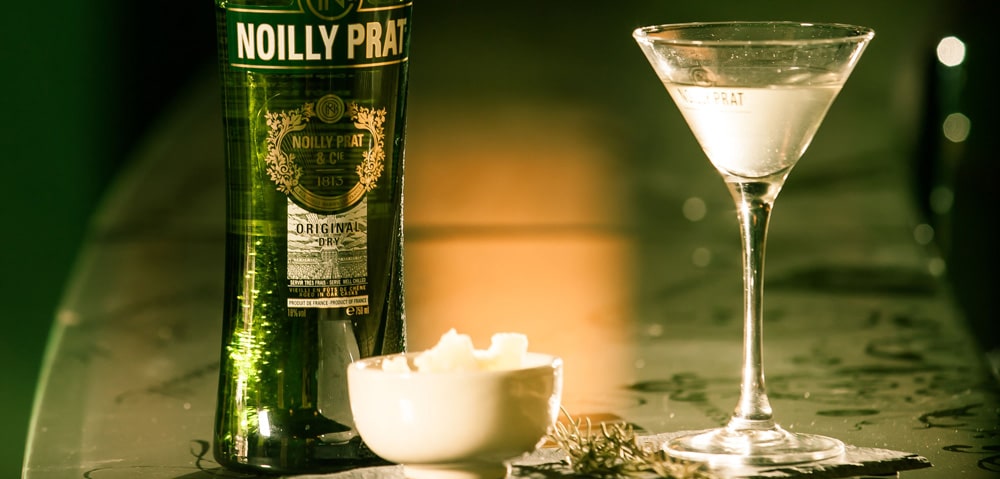Discover the history of seven forgotten yet delicious French aperitifs. There is way more to know than the world famous ones only. Find a selection of private tours and activities to experience local drinks, aperitifs and food.
If you are familiar with traveling in France, I am sure that you have experienced the traditional “apero” time (nickname for “apéritif” = drinks before lunch or dinner). This is a very traditional and festive time for most French people and all over the world, and the aperitif is considered a worthy representative of French savoir-vivre.
Aperitif comes from the Latin word “open”. The romans started by a glass of wine with honey before their meal and it was also recommended in the medieval time. These early aperitif drinks were appreciated more for their therapeutic qualities than for their taste qualities.
In 1846, Joseph Dubonnet, French chemist, developed a drink made from wine and quinine to fight against malaria. As this therapeutic drink has a very bitter taste, Joseph Dubonnet added a concoction of herbs and spices with an intense flavor. This drink was initially used mainly by soldiers but one day, Joseph Dubonnet’s wife had the idea of serving this potion to her friends for an aperitif. The aperitif was appreciated, and word of mouth quickly made it very popular.
It was not until the end of World War II that the Aperitif really became more democratic. In 2010 as the French gastronomic meal was listed as Intangible Cultural Heritage of Humanity by UNESCO, it stated that the meal should respect a fixed structure – commencing with an aperitif drink!
All over the world, the aperitif is considered a worthy representative of French savoir-vivre. So let’s take a gourmet tour of the French forgotten regional aperitifs!
The Pallade brothers and Simon Violet, traveling cloth merchants, decided to take advantage of the wine fever that the region was experiencing to make an aperitif wine flavored with cinchona. They blend dry wines, mistelle and obtain a product so invigorating that, when it is launched, it is considered a medicine and is only sold in pharmacies.
Benefiting from this reputation as a “hygienic drink”, Byrrh enjoyed great commercial success at the beginning of the 20th century and in the 1930s achieved worldwide notoriety; despite a name complicating exports, “Byrrh” inevitably evoking beer for English and German speakers. The Second World War begins to decline. Natural sweet wines (Banyuls, Muscats from Frontignan or Rivesaltes, etc.), boosted by tax advantages, are supplanting Byrrh, which is going out of fashion.
The Byrrh cellars have the largest oak barrel vat in the world, with an actual capacity of 10,002 hl (1950). This tank weighs one hundred tons empty, it has a height of 10 meters and a diameter of 12.50 meters. The “Byrrh” brand is inextricably associated with the village of Thuir in Occitanie.
Guignolet is a liqueur from Anjou made from sour and black cherries.
It owes its name to the guigne, one of the species of cherries he uses in its preparation. Morello cherry and marasque can also be used in the recipe, which depends on each manufacturer. The maceration of the cherries gives an alcoholic juice which is sweetened in order to neutralize the natural acidity of the fruits.

Guignolet has an alcohol volume of between 16 and 18%, and is served without ice cubes as an aperitif or according to taste with kirsch, gin or even vodka.
It can also be used as an ingredient in cocktails, including guignolo, which includes champagne and cherry nectar.
Le Guignolet d´Anjou was inaugurated by a nun from the Benedictine Abbey of Saumur in 1632.
Jean-Baptiste Combier founded a distillery in Saumur in 1834, which was then the cradle of guignolet production. Adolphe Cointreau started selling his own liqueurs, including the famous “Guignolet d’Anjou”, from 1849. The Giffard company also makes a Guignolet Kirsch but also a Guignolet d’Angers from cherry (guigne) from Anjou.
Lillet is a wine-based aperitif produced in Podensac, near Bordeaux. It is based on Bordeaux wines (85%) and fruit liqueurs (15%) obtained after several months of maceration in fruit alcohol (sweet oranges from southern Spain, bitter oranges from Haiti, oranges green from Morocco or Tunisia, cinchona from Peru).
It is aged in the traditional way in oak barrels. At the end of the 1980s, the recipes were updated: less sugar and bitterness, more fruit and lightness.

Picon is a bitter caramel-colored aperitif born in Marseille. It traditionally accompanies beer in Eastern and Northern France, Belgium and Luxembourg. It is made from fresh and dried orange zest, then macerated in an alcohol solution and then distilled.
It has become the most consumed digestive in the north of France.

The term ratafia refers to a sweet alcoholic drink consumed as an aperitif.
It actually corresponds to two distinct kinds of drinks, the first being an alcoholic drink infused with with fruits or kernels, usually almond, or peach, apricot or cherry. The second type is a fortified wine, a type of mistelle. Two regions produce famous mistelles with the Ratafia appellation: Burgundy and Champagne.
In 1830, Dr Juppet was working at night to make an aperitif made from cinchona. His eyesight waning, he appealed to the Archangel Raphael who had restored Tobit’s sight. Another version of the story would attribute the invention of the aperitif to an unknown date to Antonin Soupe, a pharmacist in Paris, born in 1844, fourteen years after the theoretical invention of the drink.

Quickly distributed throughout France and then Europe, the Saint-Raphaël crossed the Atlantic. The Saint-Raphaël house quickly implemented marketing techniques to increase its notoriety, such as the installation of a giant hot-air balloon in the brand’s colors for the Universal Exhibition in Paris in 1900 piloted by the aeronaut Léon Lair.
Sold in pharmacies as a fortifier, the brand has long highlighted the exciting virtues of cinchona. Advertisements were for a long time illustrated by two figures called the “twins”, one red in color, the other white to symbolize the two varieties of Saint-Raphaël.
On export, to the colonies or America, the brand took the qualifier of Aperitif de France.
Noilly Prat is a vermouth created in 1813 in the company started by Joseph Noilly in Marseillan. The original recipe Noilly Prat was born following the association of Louis Noilly (Joseph’s son) with Claudius Prat.
Since then, Noilly Prat has been jealously kept in Marseillan, on the shores of the Mediterranean, using the same production method originally created by Joseph Noilly.
Long and original, it is unique in the world, the wines, “Blanc de Blancs”, Picpoul and Clairette, age for many months in their cellars and then, for a year, in the open air.
This aging, then the assembly and the slow aromatization with herbs from five continents give Noilly Prat its powerful taste, this delicate bouquet which makes it the aperitif appreciated by connoisseurs and the secret of the greatest chefs all over the world.
Unfortunately, it is hardly used any more except for the preparation of classic deglazed sauces (sweetbreads, scallops) and cocktails.

I hope you feel like tasting at least one of these seven forgotten yet delicious French aperitifs. Stay tuned, soon we will go around France to discover the historical dessert by region!
If you are interested in testing these forgotten French aperitifs during special food tours, please do not hesitate to contact us to design you a trip following your wish. We have pre-made itinerary (still 100% customable) yet we can build for you any trip you are dreaming about.
Check out our website or contact us.








